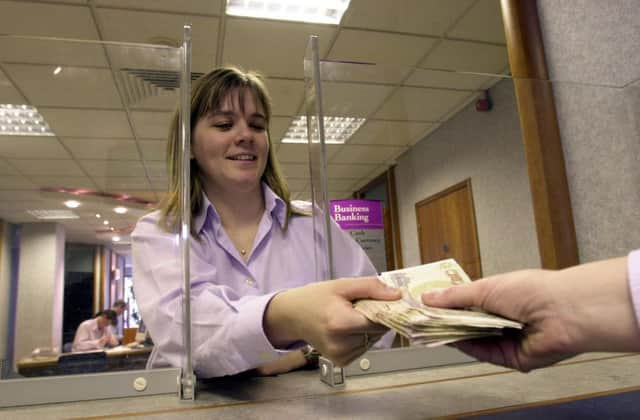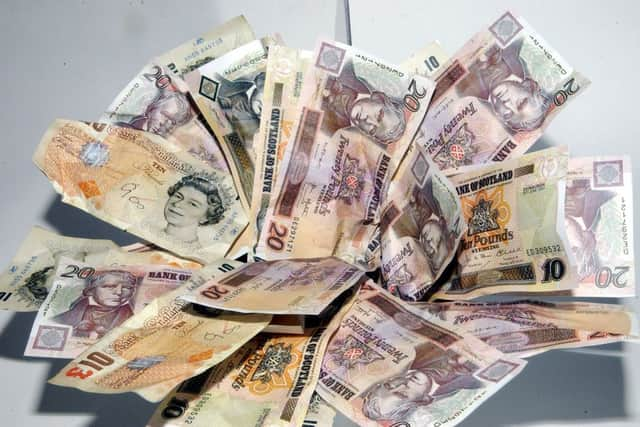Are Scottish banknotes the most forged in the UK?


Many smaller, independent businesses south of the border refuse to accept Scottish banknotes due to a persistent belief they are more likely to be forged than Bank of England-issued currency.
A chain of Gloucestershire chemists yesterday became the latest business to publicly announce it would no longer accept Scottish banknotes.
Advertisement
Hide AdAdvertisement
Hide AdA notice posted in 17 branches across the south-west county claimed they were “one of the most commonly counterfeited notes in the country”.


But that does that belief reflect the reality?
In 2015, a total of 105,789 counterfeit Scottish banknotes were taken out of circulation. That’s just 0.0341 per cent of the 310,676,600 genuine Scottish banknotes currently in use.
By comparison, the Bank of England removed 248,000 counterfeit notes in the same period.
In the first half of 2016 alone, around 152,000 Bank of England (BOE) counterfeit banknotes were taken out of circulation, with a face value of £3.3mn.


The BOE stresses this “is just a tiny proportion of the genuine banknotes in circulation” - an average of over 3.5 billion with a face value exceeding £66 billion.
Many businesses have a mistrust of Scottish £20 notes in particular. Figures collated by the Committee of Scottish Bankers reveal they were the most commonly forged note in 2015 - but only accounted for 0.0540 per cent of the 154,748,055 notes in circulation.
One Edinburgh-based bank insider told The Scotsman the real issue is many businesses in England and Wales are “unfamiliar with Scottish notes” and unsure how to spot fakes, with some opting for blanket bans in response.
Three separate banks - Bank of Scotland, the Royal Bank of Scotland and Clydesdale - have the right to issue paper currency.
This means there are three varieties of the familiar £5, £10 and £20 bills in circulation.
In England and Wales, only the BOE has the right to issue notes.